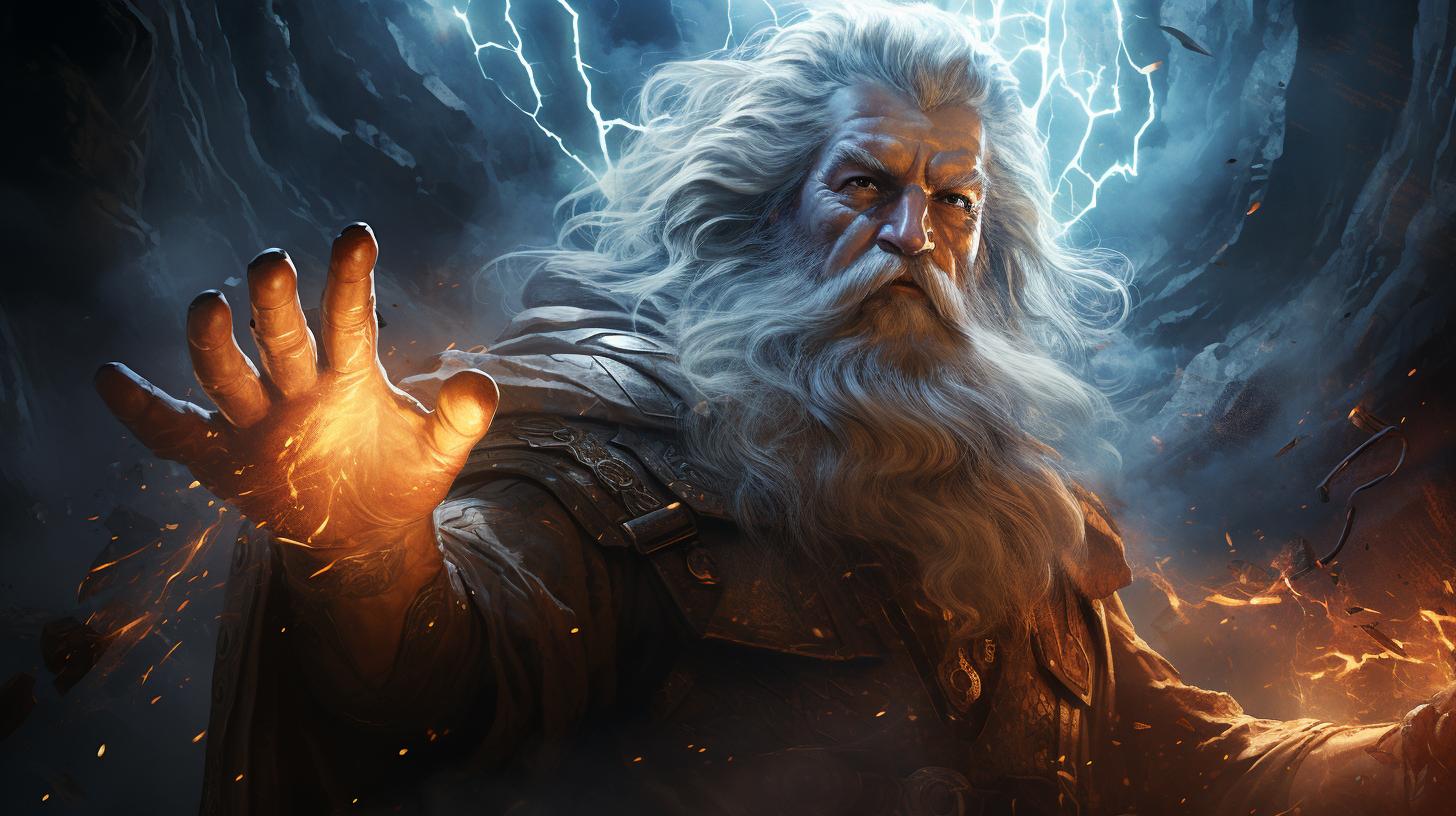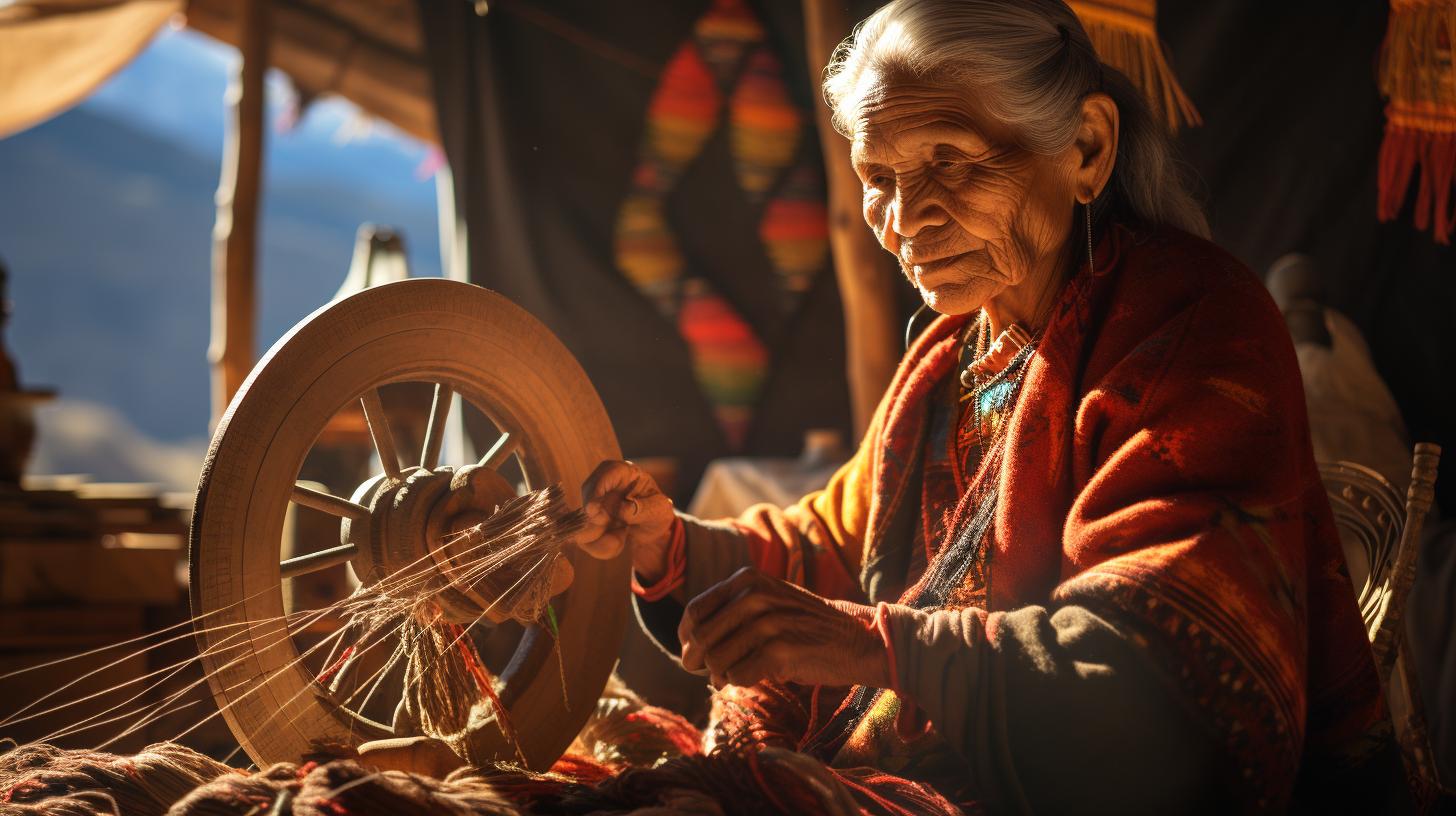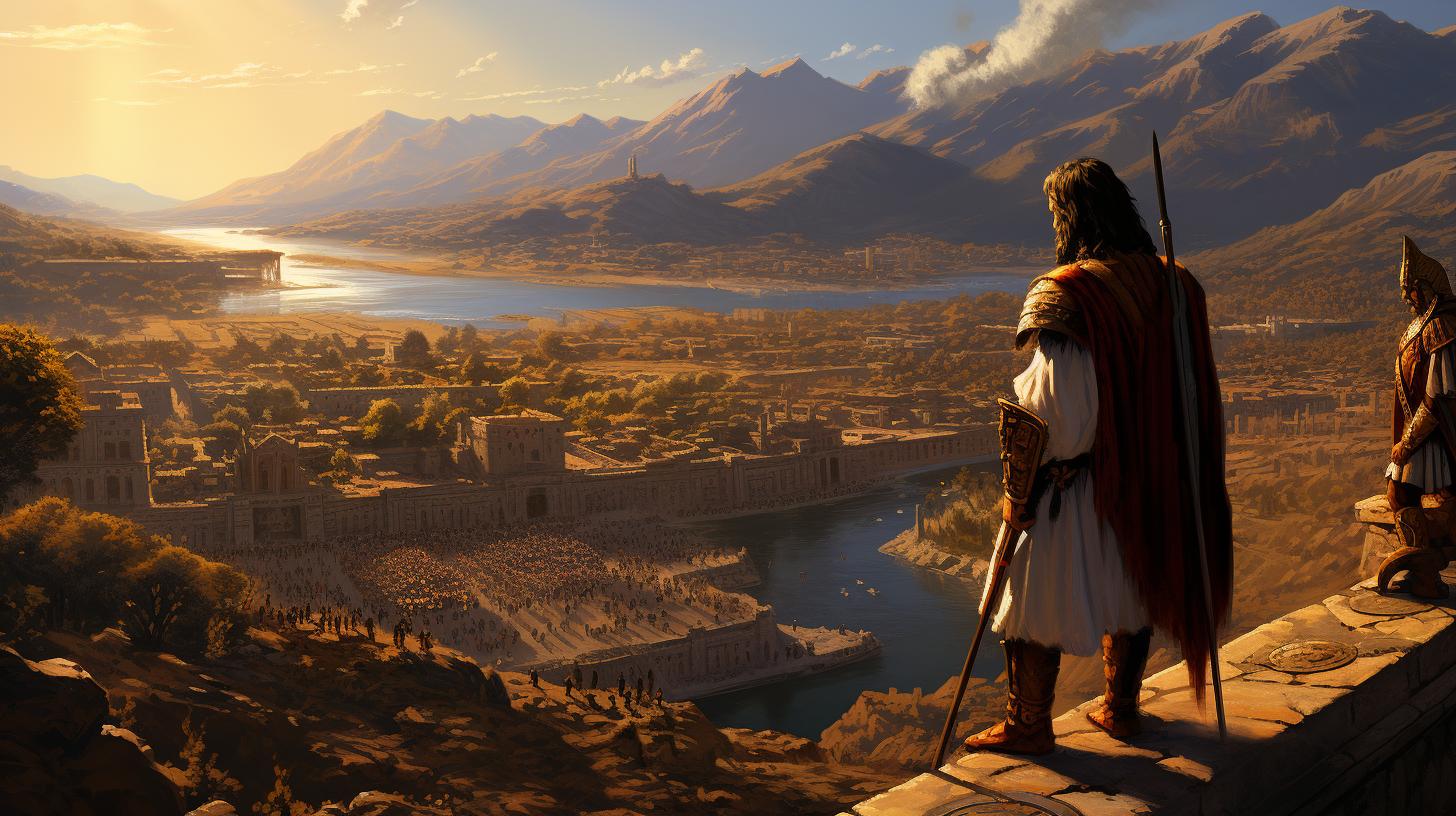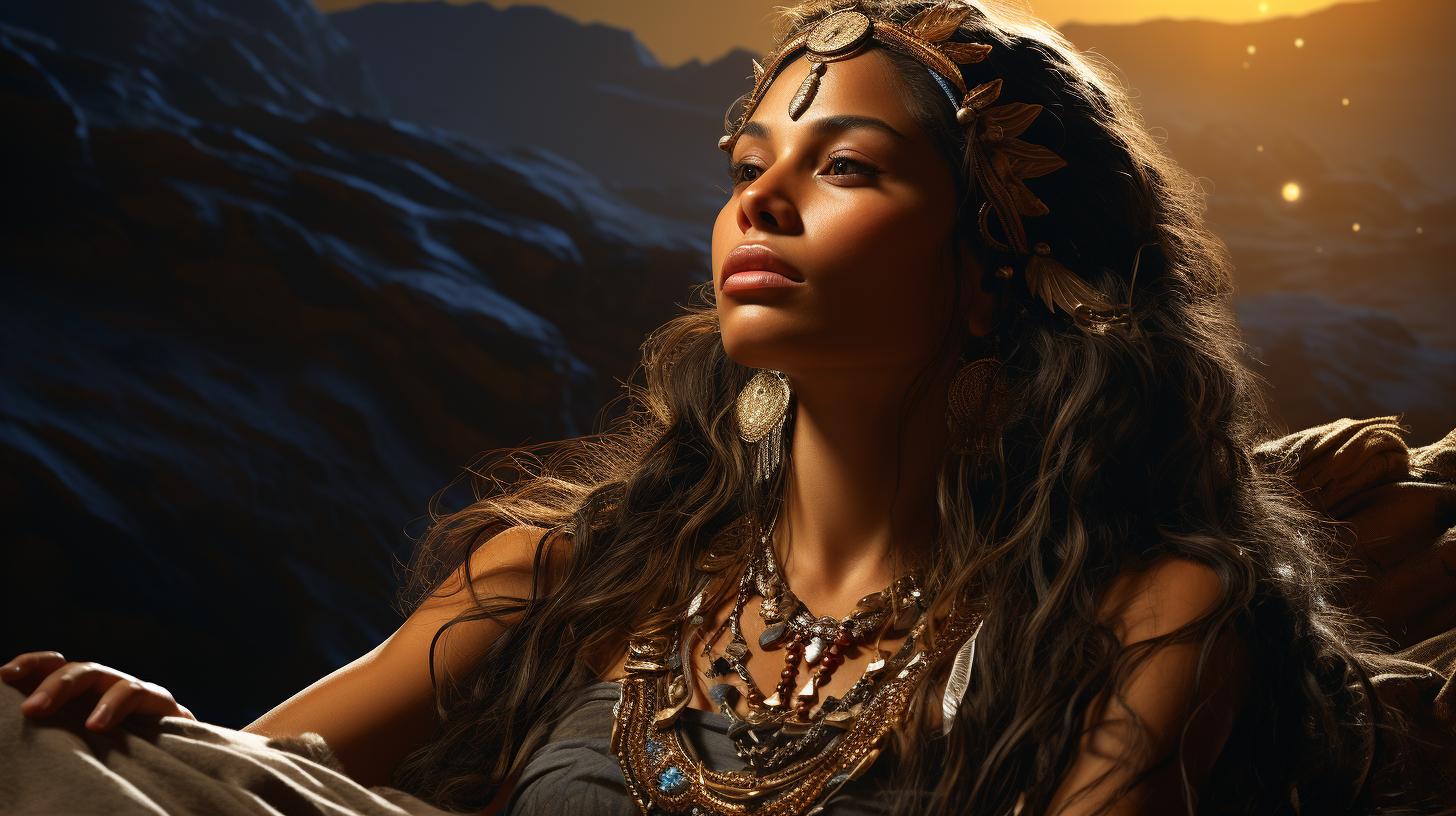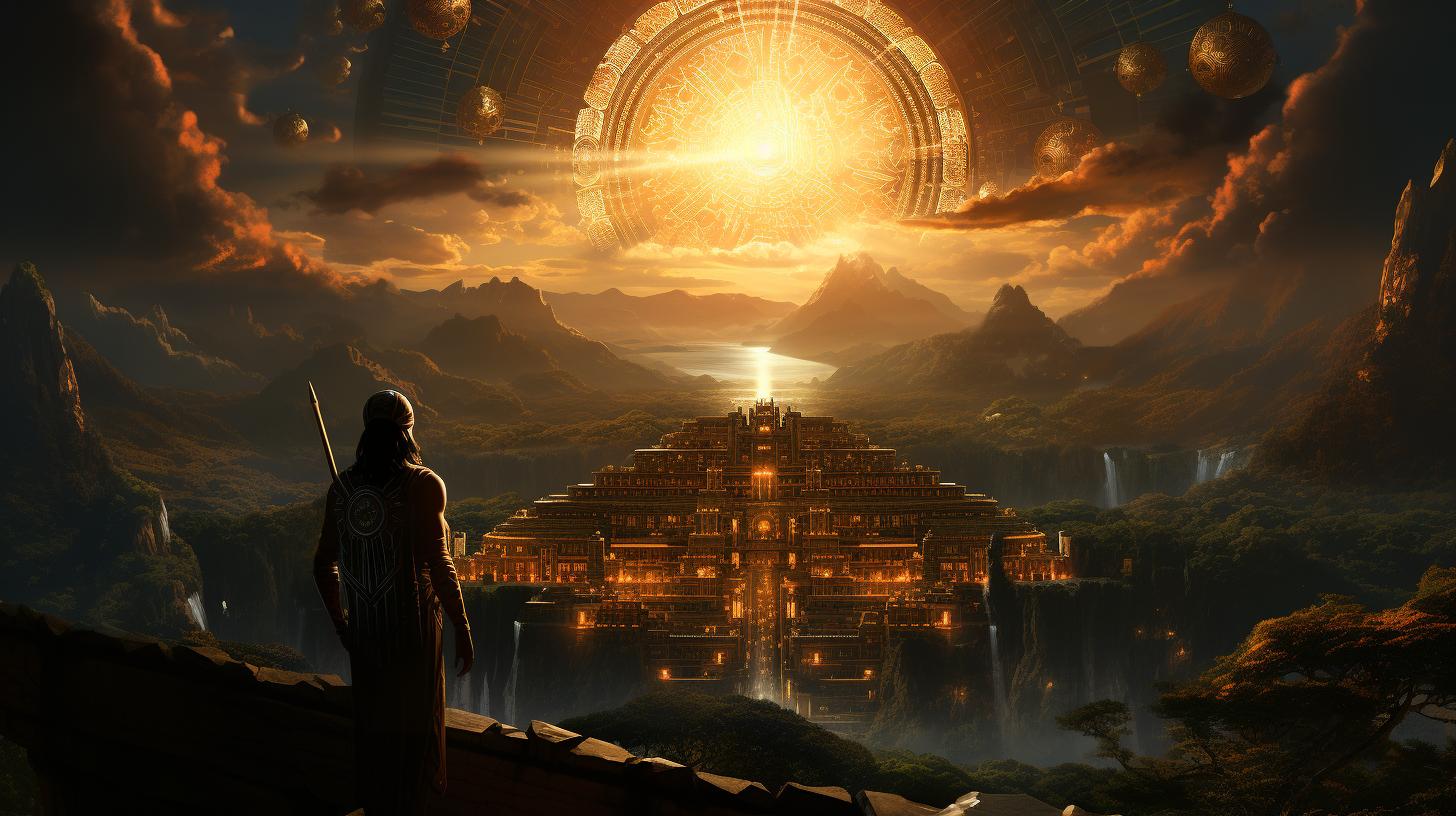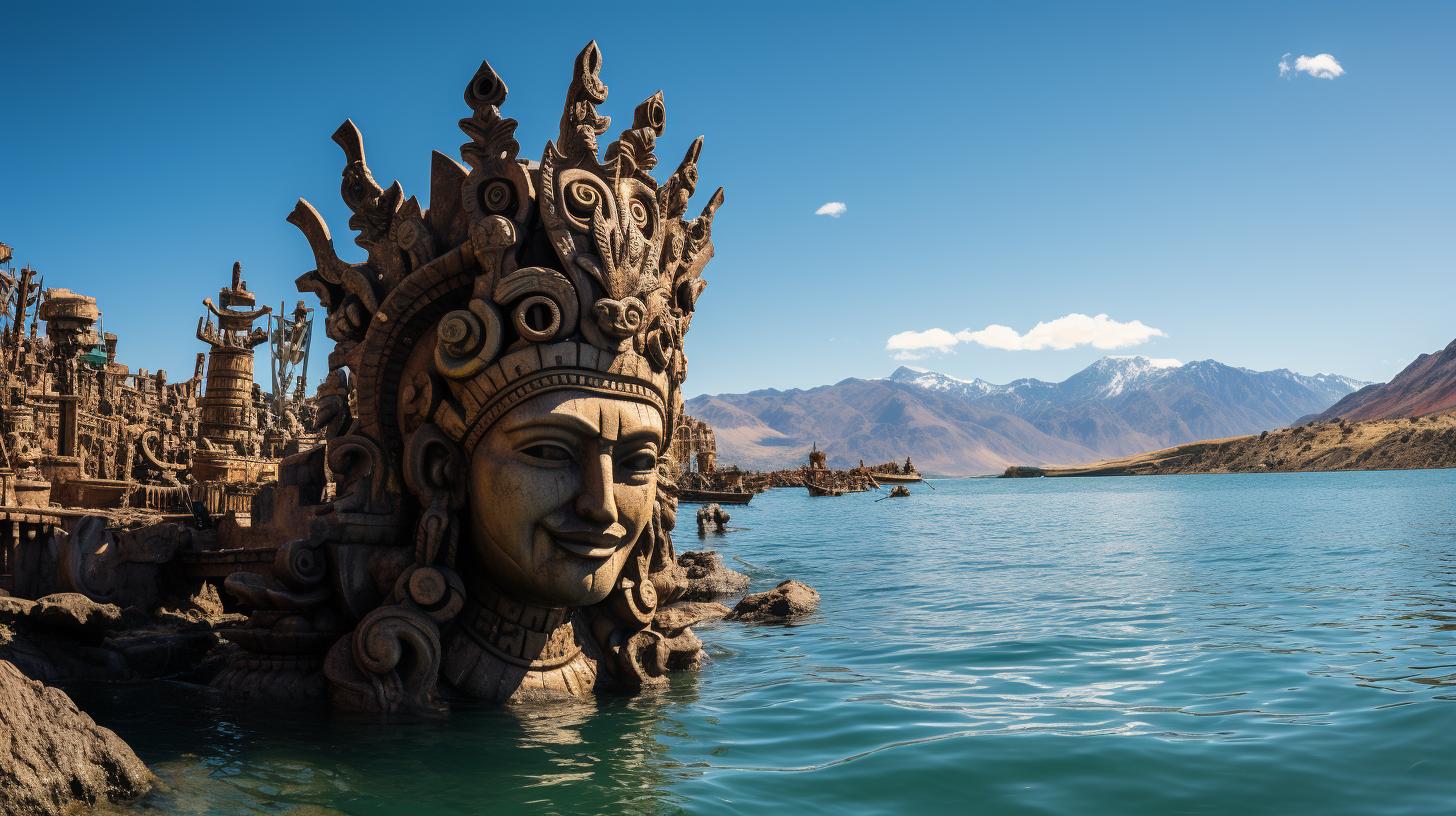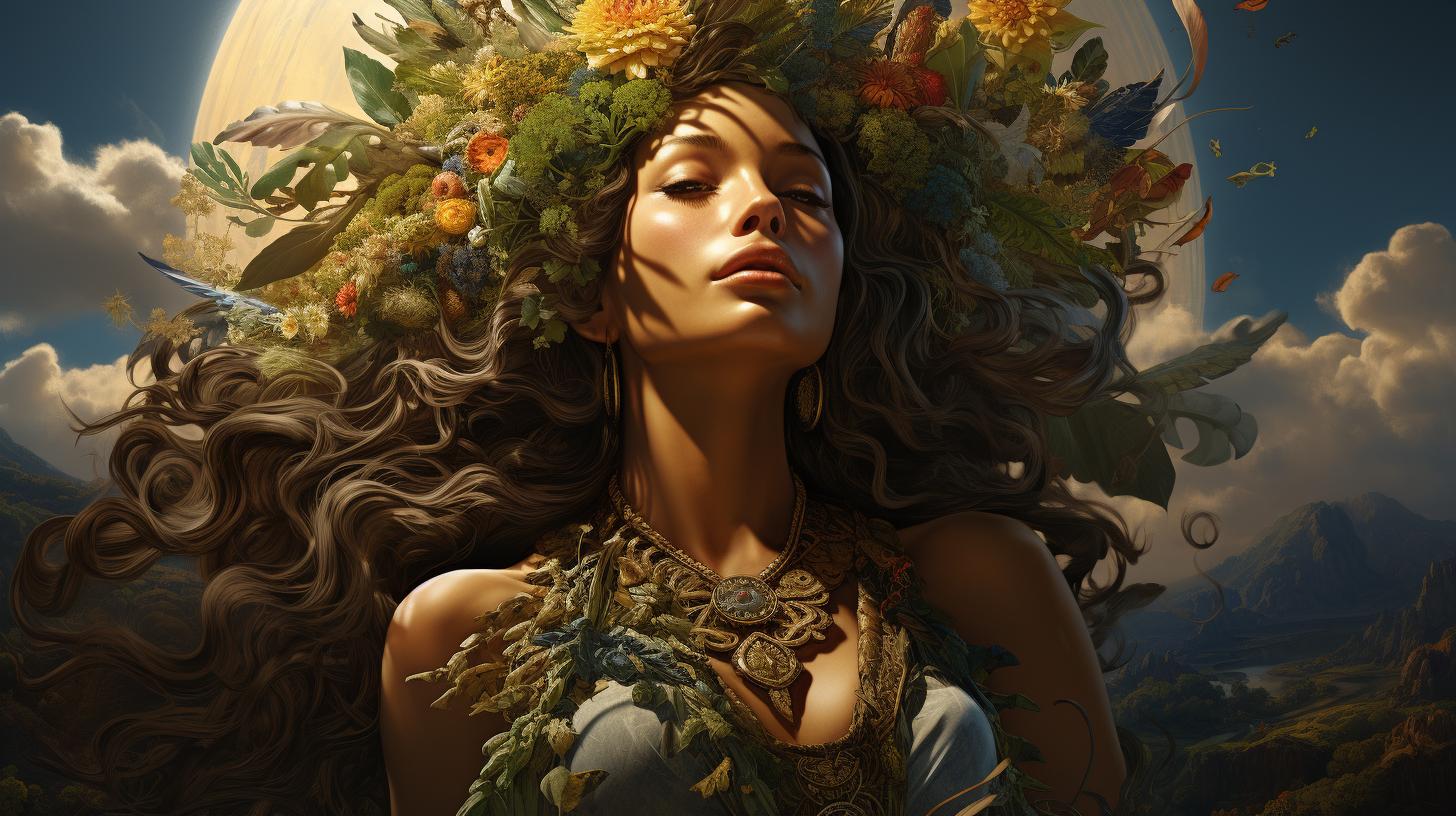‘Mama Cocha: The Inca Goddess of the Sea’

Mama Cocha, the Inca goddess of the sea, holds significant importance in Inca mythology and culture. Revered as one of the four divine mothers, she possesses limitless powers over bodies of water and is closely associated with rivers, lakes, and the ocean.
Mama Cocha’s worship is particularly significant for coastal communities, as they depend on the sea for sustenance and protection. Legends attribute her creation of homes, temples, and the cultivation of fertile land.
Discover the legends, cultural influences, and modern reflections surrounding Mama Cocha’s enduring legacy in Inca culture.
Mama Cocha in Inca Mythology
Mama Cocha holds a significant place in Inca mythology, revered as the goddess of the sea. This section delves into her background, role, and relationships within the Inca pantheon.
Let’s explore the intriguing world of Mama Cocha and her prominent position in Inca cosmology and belief system.
Background and Overview
As one of the four divine mothers of the Inca religion, Mama Cocha represents the essence and power of water. She is associated with bodies of water such as rivers, lakes, and the vast ocean.
This section provides an insight into Mama Cocha’s origins and her place within the Inca creation narrative.
Inca Cosmology and Deities
To truly understand Mama Cocha’s significance, it is essential to grasp the broader Inca cosmological beliefs and the pantheon of deities. This subsection navigates through the Inca belief system, highlighting the role of gods and goddesses in shaping their worldview.
Mama Cocha’s Role as the Goddess of the Sea
Mama Cocha’s central role revolves around her divine dominion over the sea. In this subtopic, we explore her powers and attributes related to water, examining how she is revered as the protector and provider for those living along coastal regions.
Dive into the depths of Mama Cocha’s influence on the lives and livelihoods of the Inca people.
Mama Cocha’s Relationships with Other Inca Deities
In the Inca pantheon, deities often interweave in their functions and relationships. This section investigates the intricate connections and associations between Mama Cocha and other significant Inca gods and goddesses.
Discover how she coexists and interacts with the divine counterparts in the Inca belief system.
Legends and Stories Associated with Mama Cocha
Mama Cocha, the Inca goddess of the sea, is surrounded by fascinating legends and stories that showcase her divine origins, influence on natural elements, connection to Lake Titicaca, and teachings that contributed to Inca society.
Creation Myth and Mama Cocha’s Origins
According to Inca mythology, Mama Cocha is believed to be the daughter of the Sun and the Moon, sent down from the heavens alongside her brother Inca to guide and teach humanity about living in peace and harmony.
The Inca creation myth attributes the creation of houses, temples, roads, and fortresses to Mama Cocha, and her nurturing touch on the land quickly bore abundant fruits.
Mama Cocha’s Influence on Natural Elements
Mama Cocha holds immeasurable power over all bodies of water, including rivers, lakes, and the vast expanse of the ocean.
In Inca beliefs, she governs the ebb and flow of tides, controls rainfall, and ensures a bountiful harvest for the crops. Her influence on natural elements sustains the delicate balance of ecosystems and shapes the lives of both coastal communities and inland agricultural societies.
Mama Cocha’s Connection to Lake Titicaca
Lake Titicaca, the largest lake in South America and the highest navigable body of water in the world, is deeply intertwined with the legend of Mama Cocha. In Inca mythology, it is believed that the sun, the moon, and the first ancestors of the Inca nation emerged from the sacred waters of Lake Titicaca, directly connecting Mama Cocha to this mystical place.
The lake is revered as a sacred site where Mama Cocha’s presence is believed to be particularly strong and auspicious.
Mama Cocha’s Teachings and Contributions to Inca Society
Mama Cocha’s teachings went beyond the sphere of natural elements and influenced various aspects of Inca society. She taught the importance of reverence for the sea, fostering a deep respect for its abundance and dangers among fishermen and sailors.
Additionally, she inspired agricultural practices tied to the cycles of rainfall, guiding farmers in their cultivation techniques to ensure successful harvests. Mama Cocha’s wisdom was integral to creating a harmonious and sustainable way of life for the Inca people.
Mama Cocha’s Significance to Coastal Communities
With the vast coastline being a crucial source of sustenance and livelihood for coastal communities, the significance of Mama Cocha, the Inca goddess of the sea, cannot be overstated. Let’s explore the different aspects that highlight the deep connection between Mama Cocha and these communities.
Dependence on the Sea for Survival
Coastal communities heavily rely on the sea as not just a source of food but also for economic activities such as fishing and maritime trade. The bountiful waters provide a vital means of sustenance, and their livelihoods are intricately tied to the rhythms of the ocean.
Worship and Devotion to Mama Cocha for Good Fortune
In gratitude for the abundance and blessings bestowed by the sea, coastal communities show immense devotion and reverence to Mama Cocha. They seek her favor and offer prayers and rituals to ensure good fortune in their fishing endeavors, hoping for plentiful catches and successful fishing expeditions.
Protection Against Maritime Disasters
Coastal communities face the constant threat of maritime disasters such as storms, turbulent waves, and treacherous currents. In times of peril, they turn to Mama Cocha, beseeching her for protection and safety for their fishermen and boats.
Through their faith in her, they find solace and hope amidst the uncertainties of the sea.
Mama Cocha’s Impact on Agriculture and Rainfall
While the sea plays a vital role in the lives of coastal communities, it also affects the agricultural sector. The rainfall patterns influenced by Mama Cocha’s powers have a direct impact on crop growth and productivity.
Farmers depend on her benevolence for an adequate water supply, ensuring successful cultivation and bountiful harvests.
The interconnectedness between Mama Cocha, coastal communities, and their dependence on the sea is a testament to the profound significance of this powerful Inca goddess. Her blessings and protection are sought after, ensuring the well-being and prosperity of those whose lives are intertwined with the ocean’s abundant offerings.
Cultural Influences and Controversies Surrounding Mama Cocha
The influence of Mama Cocha, the Inca goddess of the sea, extends beyond Inca mythology and into the realm of cultural interactions and historical controversies. In this section, we explore the European perceptions and depictions of Inca deities, the similarities and differences between Viracocha and Mama Cocha, the sharing of cultural heritage between European and Inca influences, and the challenges in unraveling the myths and understanding the authenticity and historical perspectives surrounding Mama Cocha.
European Perceptions and Depictions of Inca Deities
When the Spanish chroniclers arrived in the Inca Empire, they encountered a complex religious system that was significantly different from their own. In their attempts to understand and document the Inca deities, they often imposed European notions and descriptions on them.
Consequently, some of the descriptions of Mama Cocha and other Inca gods included European features such as being depicted as a “god with a white appearance” or having a beard. These depictions, however, differ from the authentic Inca legends and must be viewed with caution.
Viracocha and Mama Cocha: Similarities and Differences
Viracocha, the supreme creator deity of the Incas, shares some similarities with Mama Cocha. Both are associated with the elements of water and hold significant roles in Inca cosmology. Viracocha is often depicted as a powerful figure responsible for the creation of the universe and humanity, while Mama Cocha is worshipped as the goddess of the sea and protector of fishermen and coastal communities.
Despite their shared connections to water, their responsibilities and roles in Inca mythology differ.
Sharing Cultural Heritage: European and Inca Influences
The arrival of the Spanish conquistadors and subsequent colonization brought significant changes to Inca culture. European influences began to intertwine with the existing Inca traditions, resulting in a complex blending of beliefs and customs.
This cultural interchange influenced the representation and understanding of Mama Cocha and other Inca deities, as well as the myths and legends associated with them. Understanding this complex interplay allows us to appreciate the rich cultural heritage born from the encounter of European and Inca civilizations.
Unraveling the Myths: Authenticity and Historical Perspectives
Unraveling the myths surrounding Mama Cocha and other Inca deities is a challenging task. Due to the limited written accounts and the influence of European chroniclers, it becomes crucial to approach the subject with critical analysis and historical context.
Archaeological findings, iconography, and oral traditions provide valuable insights into the authenticity and historical perspectives surrounding Mama Cocha. Through interdisciplinary research and careful interpretation, we strive to separate myth from reality and gain a deeper understanding of this enigmatic figure in Inca mythology.
Modern Reflections and Celebrations of Mama Cocha
Modern Inca spirituality continues to embrace the significance of Mama Cocha, the goddess of the sea. This section explores various aspects of Mama Cocha’s presence in contemporary Inca culture, including spiritual beliefs, festivals, artistic representations, and her lasting impact on Inca society.
Mama Cocha in Contemporary Inca Spirituality
In modern times, Mama Cocha remains an integral part of Inca spiritual practices and beliefs. Many Inca communities continue to honor and pay homage to her as a powerful deity associated with the sea and water.
She is revered as a guardian and guide, providing blessings and guidance for those who rely on the ocean for their livelihood.
Festivals and Rituals Honoring Mama Cocha
Inca festivals dedicated to Mama Cocha are celebrated throughout the year, particularly in coastal regions. These vibrant celebrations express gratitude for her abundance and seek her blessings for a bountiful fishing season.
Elaborate rituals involve offerings, music, dance, and ceremonies performed by spiritual leaders and community members, reaffirming their deep connection with the sea.
Artistic Representations and Depictions of Mama Cocha
Art has always been a powerful means of capturing the essence and symbolism of Mama Cocha. Modern artists draw inspiration from ancient imagery and create stunning depictions of the goddess of the sea.
Paintings, sculptures, and murals showcase her regal presence, often portrayed with flowing water motifs and marine creatures, evoking a sense of reverence and admiration for her majestic power.
Mama Cocha’s Enduring Legacy in Inca Culture
Mama Cocha’s influence transcends time, leaving an indelible mark on Inca culture. Her teachings about harmony, respect for nature, and communal cooperation continue to resonate with modern Inca communities. The presence of Mama Cocha’s symbolism in everyday life, from artwork to traditional practices, reinforces her importance as a nurturing and protective force, intangible yet ever-present in the hearts and minds of the Inca people.
.












